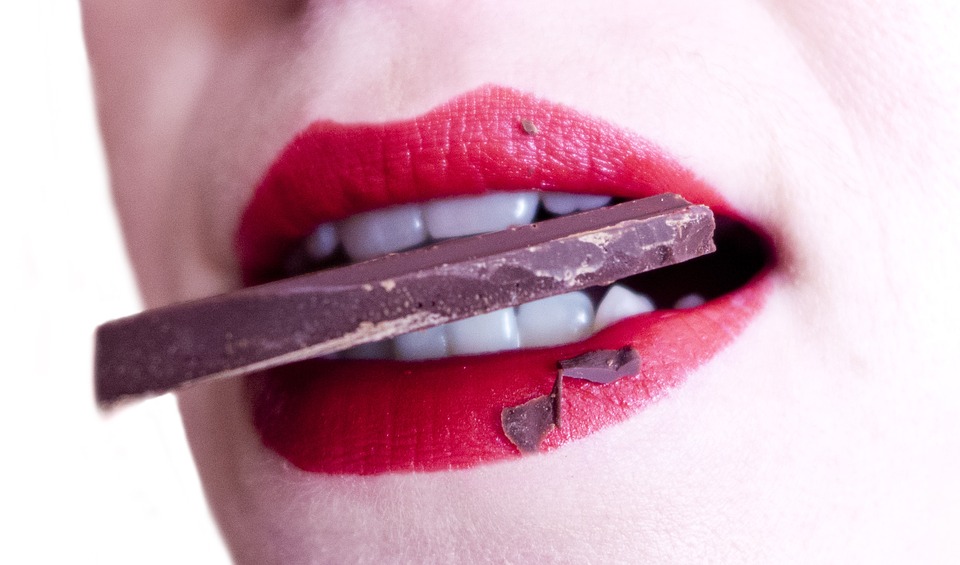Chewing is so last year. The more modern way to get food into your body is, apparently, to slurp it through a straw, suck it out of a pouch or gulp it from a container. Just consider the invasion of fashionable juice bars and bottled cold-pressed or blenderized beverages that have sprung up recently. The chewless movement even touches the very young. Peek into the stroller of a child who’s clearly of age to be eating solids, and chances are he or she is sucking on a pouch of pureed produce rather than crunching on apple slices.
I have nothing against these slurpable products; they can be tasty, convenient and packed with nutrients. I consider myself a smoothie aficionado. Vegetable purees are a key ingredient in many of my recipes, and I enjoy the occasional dish of apple sauce. But I also believe that chewing is highly underrated and that by forgoing it we are missing out on important benefits.
It’s all about the pace
Chewing slows down eating, which could ultimately help you consume less and keep your weight in check. Many studies back this up. One published in the Journal of the American Dietetic Association showed participants who ate slowly consumed significantly less during meals and rated themselves as feeling more satisfied than faster eaters. That contented feeling seems to have some staying power. In a study from the journal Appetite, subjects who took more time to chew the same size lunch ate less of a snack offered later in the day.
To grasp the extent that drinking your food accelerates your eating pace, consider this: A 12-ounce carrot juice (the smallest size typically offered at a juice bar) has 141 calories, the equivalent of about 4½ large, whole carrots. In the time it takes to down the juice, you could have probably munched your way through only one of those carrots. Even if you ultimately finished all of them, you would have spent much more time eating and felt fullerlonger than you would after drinking the juice.
The fiber factor
Part of the satisfaction you’d feel after eating the whole carrots could be attributed to the bounty of fiber they contain, which would have been extracted out to make the juice. So although juicing might help you quickly consume a lot of produce and valuable nutrients, the downsides are a rapid influx of calories and the fact that you miss out on the fiber, a key benefit. If you are bent on drinking your produce, smoothies are a better option because they retain the valuable fiber; it’s just broken down in the blender. Same for those pouched purees. Still, by taking the jaw work out of the eating, you probably will finish faster, and feel less satiated, than you would if you ate the equivalent whole food.
Chewing triggers satisfaction
Beyond simply slowing you down, chewing triggers chemical reactions in the body that contribute to satiety and help reduce calorie intake. Food being mashed in your mouth stimulates receptors that provide a call to action to the stomach, small intestine, pancreas and other organs to start producing digestive chemicals. Several of these chemicals are gut hormones that send messages of fullness to the brain. The more you chew, the more of these hormones you make, the fewer calories you eat before you find contentment, and the longer that feeling lasts. One study from theAmerican Journal of Clinical Nutrition showed that men who chewed 40 times per bite consumed almost 12 percent fewer calories and had higher levels of key gut hormones than those who chewed 15 times per bite.
Blood sugar benefits
There is also a wealth of evidence that chewing well and eating more slowly helps keep blood sugar in check and may help prevent diabetes. These benefits are attributed to the more gradual release of calories into the body and the activation of the digestive chemicals that chewing fosters.
So the next time you have a choice between a salad and a bottle of green juice, a breakfast shake and a bowl of oatmeal with nuts and berries, or some apple sauce and an apple, think twice about eschewing the chewing.



